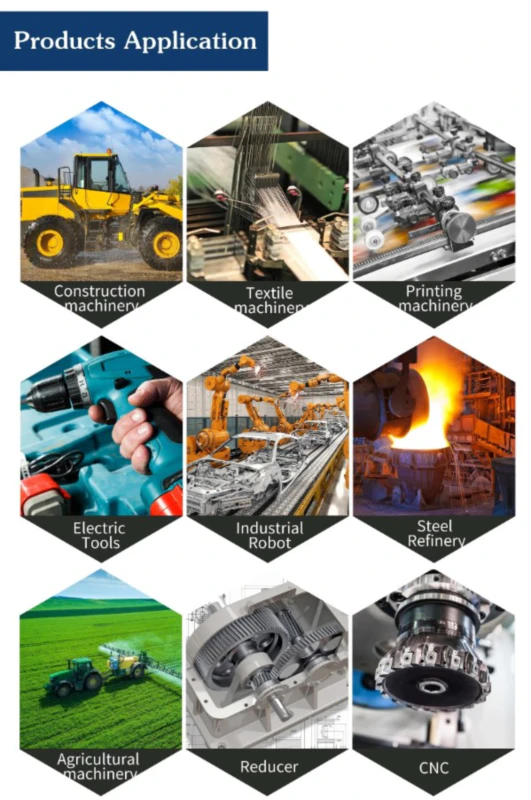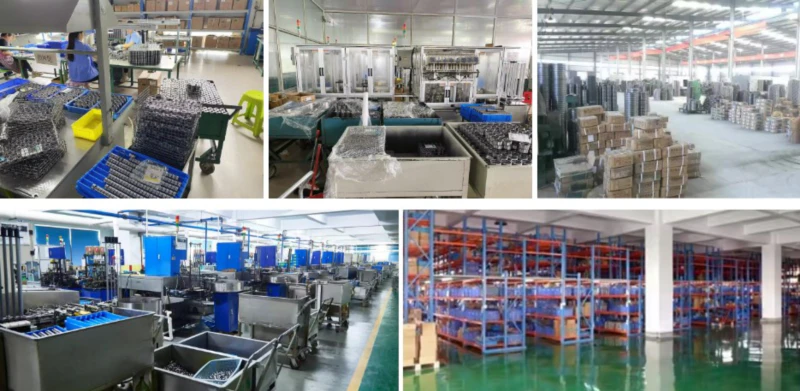Track Bearings Bearing Failure Prevention
Introduction
Track bearings play a crucial role in various industries, ensuring smooth and efficient movement of machinery and equipment. However, failure of track bearings can lead to costly downtime and repairs. In this article, we will explore the topic of track bearings bearing failure prevention and discuss important strategies to maintain optimal performance and prolong the lifespan of these critical components.
Understanding Track Bearings
Track bearings, also known as linear motion bearings, are designed to facilitate linear or rotational motion between two or more moving parts. They are commonly used in applications such as conveyor systems, industrial machinery, and automotive components. To prevent bearing failure, it is essential to understand the common causes and implement preventive measures.
Causes of Bearing Failure
1. Insufficient Lubrication
Proper lubrication is vital for reducing friction and preventing excessive wear of track bearings. Insufficient lubrication can lead to increased friction, overheating, and ultimately, bearing failure. Regular lubrication and monitoring of lubricant levels are crucial preventive measures.
2. Contamination
Contaminants, such as dirt, dust, and moisture, can infiltrate track bearings and cause abrasive wear and corrosion. Implementing effective sealing mechanisms and maintaining a clean working environment can help minimize the risk of contamination and prolong bearing life.
3. Misalignment
Misalignment occurs when track bearings are not properly aligned with the mating components. This can lead to uneven load distribution, increased stress on the bearings, and premature failure. Regular inspections and proper installation procedures can help prevent misalignment issues.
Preventive Measures
1. Regular Maintenance and Inspections
Implementing a comprehensive maintenance schedule and conducting regular inspections can help detect early signs of bearing wear or damage. Timely replacement of worn bearings and addressing any underlying issues can prevent catastrophic failure and minimize downtime.
2. Proper Lubrication Practices
Following the manufacturer’s recommendations for lubrication frequency, type, and quantity is crucial for optimal bearing performance. Regularly monitoring lubricant levels and replenishing as needed ensures proper lubrication and minimizes the risk of failure.
3. Effective Sealing Mechanisms
Sealing track bearings effectively prevents contaminants from entering and causing damage. Utilizing appropriate sealing solutions, such as rubber seals or shields, can significantly reduce the risk of contamination-related failure.
Conclusion
Track bearings are critical components that require careful attention to ensure their longevity and optimal performance. By understanding the common causes of bearing failure and implementing preventive measures, such as regular maintenance, proper lubrication, and effective sealing mechanisms, industries can prevent costly downtime and extend the lifespan of their track bearings.

About Our Company
Author: Czh
At our company, we are a leading player in the Chinese reducer market. Our product range includes servo reducers, plastic gearboxes, gear motors, worm gearboxes, worm wheels, and worm reducers. We pride ourselves on our state-of-the-art automated CNC production and assembly equipment, ensuring top-quality products and efficient manufacturing processes.
With a commitment to exceptional products, competitive prices, and attentive service, we welcome customers to customize their requirements, providing tailored solutions to meet their specific needs.
